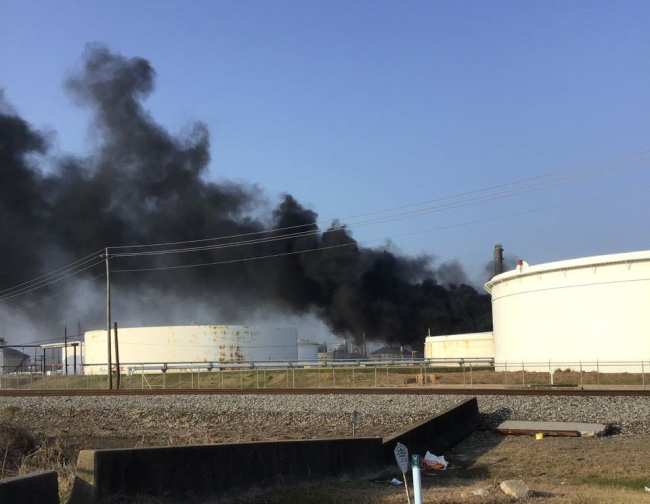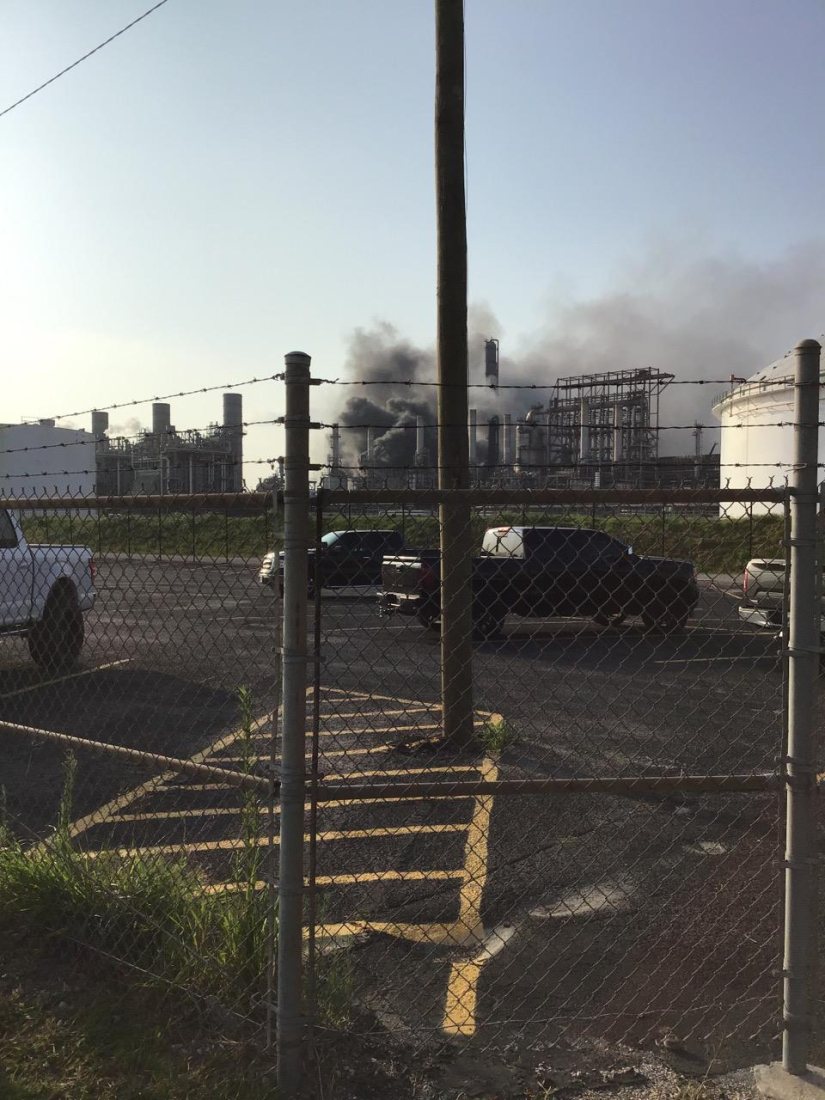Every month, OR&R’s Emergency Response Division provides scientific expertise and services to the U.S. Coast Guard on everything from running oil spill trajectories to modeling where a spill may spread, to identifying possible effects on wildlife and fisheries, and estimates on how long oil may stay in the environment. We also get requests to track and model other floating objects.
So far this year, OR&R has provided support to 64 incidents. In May 2023, OR&R provided response support to 19 incidents, including nine new incidents in eight different states.
The nine new incidents included six actual or potential oil spills and three chemical incidents. The chemical incidents included a petroleum refinery fire, a pharmaceutical chemical factory fire, and one sunken barge laden with petroleum coke.
Staff prepared 57 new incident reports and documents, including three fate and trajectory analyses. Cumulatively, these incidents posed an approximate risk of more than 6,000 gallons of oil and 1,700 tons of petroleum coke, and an unknown amount of other chemicals released from the facility fires.
(Note: All spill volumes are approximate and based on initial information that may be updated after further investigation.)
Here are some of May’s notable incidents:
Explosion and Fire at Refinery, Deer Park, TX
On Friday, May 5, 2023, an explosion at the Shell Deer Park Refinery resulted in a fire. The fire occurred in the distillation column, reported to contain cracked heavy gas and cracked light gas. The Environmental Protection Agency served as the Federal On-Scene Coordinator for this incident. Air monitoring was ongoing and did not detect any harmful levels of chemicals affecting neighboring communities. No shelter-in-place was issued due to the wind blowing away from the city.
Requests to the NOAA scientific support coordinator (SSC) included the resources at risk, coordination with natural resources trustees, and evaluation of potential high pH impacts to natural resources, response equipment, and nearby infrastructure and vessels.
On Saturday morning, lighter plumes of smoke could be seen for miles from the Shell Deer Park facility. That morning, the fire was extinguished, with crews still monitoring the area for hot spots that could reignite.
Twin Otter Airplane Crash, 35 Miles West of Pacifica, CA
On the afternoon of May 20, 2023, a Twin Otter aircraft flying from the San Francisco Bay area to Hawaii crashed following an emergency call for help. The crash occurred roughly 40 miles west-southwest of San Francisco International Airport with an estimated 1,000 gallons of Jet A fuel on board. U.S. Coast Guard (USCG) Sector San Francisco contacted the NOAA SSC to discuss the pollution potential from the incident. Search and rescue operations were underway and USCG requested fuel fate information to consider potential pollution threats. The Greater Farallones National Marine Sanctuary was also notified.
Refinery Fire, Inner Harbor, Corpus Christi, TX
On May 17, 2023, the Valero Refinery in the Inner Harbor area of Corpus Christi experienced a fire in its heat exchanger, releasing an unknown amount of hydrogen sulfide and sulfur dioxide. National Weather Service Corpus Christi’s smoke plume trajectory predicted the smoke cloud from the fire to pass over the Sector office and portions of the city of Corpus Christi.
Sector Corpus requested assistance from NOAA with effects analysis and response options in the event of exposure to hydrogen sulfide and sulfur dioxide. The NOAA scientific support coordinator, in conjunction with public health officer from the Agency for Toxic Substances and Disease Registry, recommended shelter-in-place, and directed personnel to Annex 5a, the public health and safety community air monitoring protocols outlined in the Central Texas Coastal Area Contingency Plan Community Air Monitoring Plan. Poison Control Centers were notified of the release.
The material released was determined to be diesel fuel mixed with hydrogen sulfide. There was also flaring associated with the event, which resulted in a release of sulfur dioxide.
By the end of the day, the fire was under control. No aqueous film forming foam (AFFF) was used in fire control, only water. Fire-fighting water has not migrated off the facility. No hydrogen sulfide was detected during the air monitoring conducted by the Texas Commission on Environmental Quality.
Here is the complete list of May's incidents. Click on the links to find out more:
- Bulk Carrier Strikes Pier at Dock 20 on the Cuyahoga River, Cleveland, OH
- Large Explosion at Pharmaceutical Chemical Factory, Newburyport, MA
- Explosion and Fire at Refinery, Deer Park, TX
- Release of Petroleum Coke (PET) from Sunk Barge, MM 54 of Lower Mississippi River, Davant, LA
- Freighter Aground at Belle Isle, Detroit River, Detroit, MI
- Refinery Fire, Inner Harbor, Corpus Christi, TX
- Twin Otter Airplane Crash, 35 Miles West of Pacifica, CA
- Pipeline Rupture of Crude Oil into Marsh Area, Hackberry, LA
- Diesel Storage Tank Release, Teller, AK


